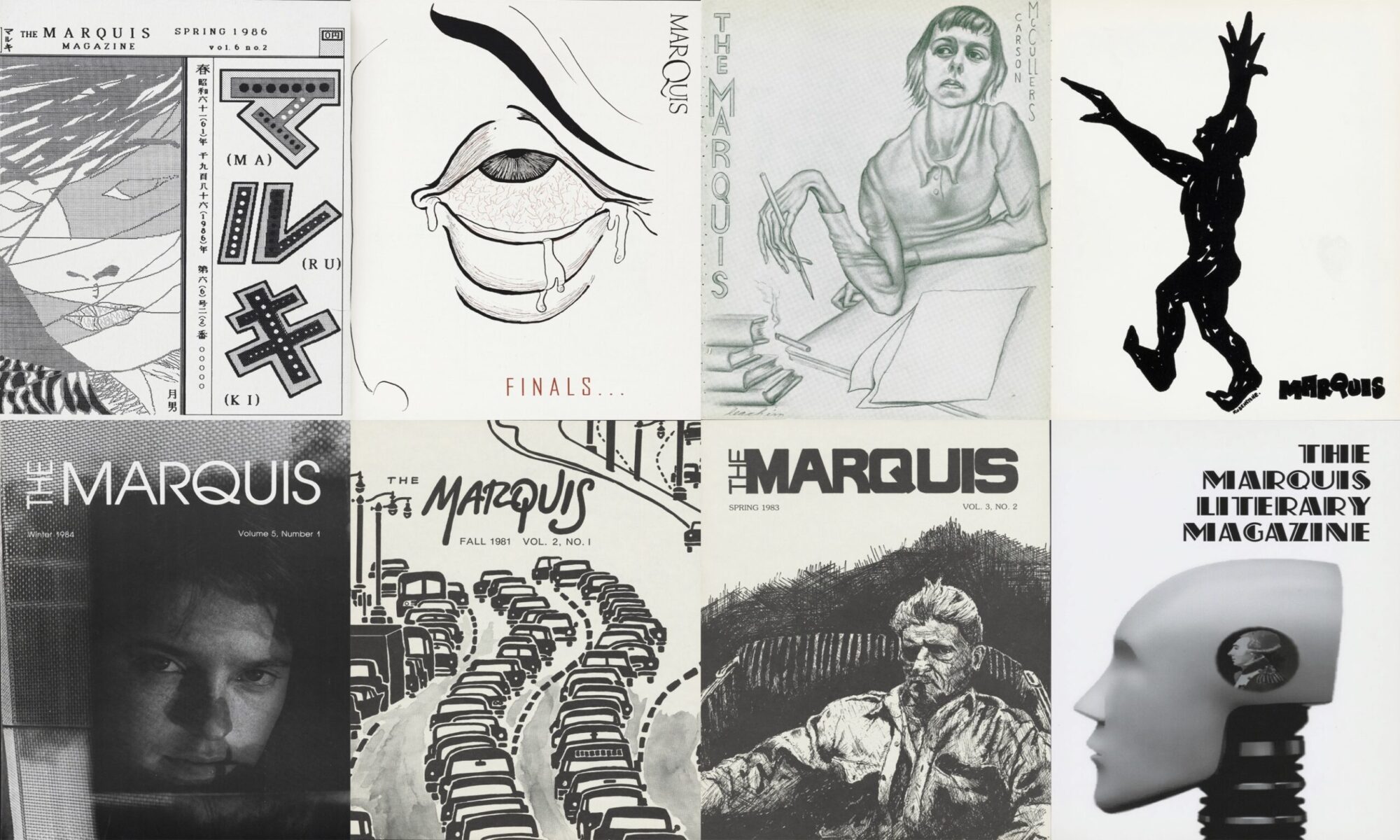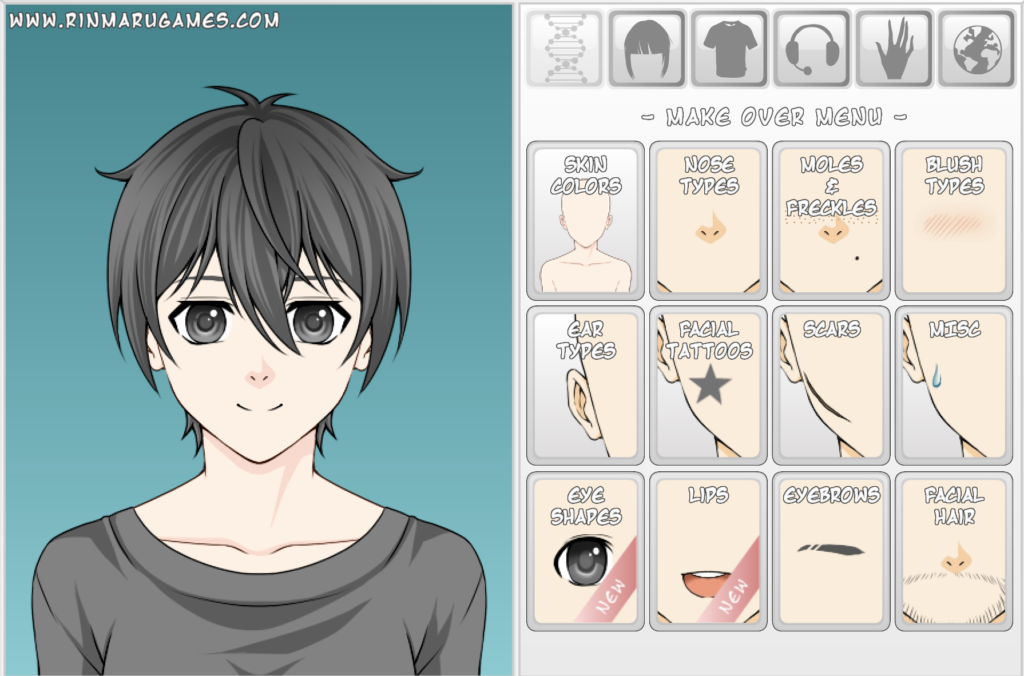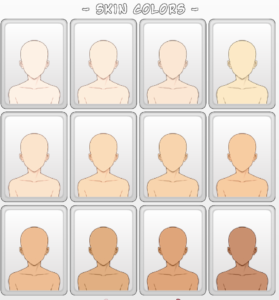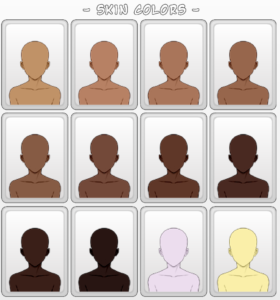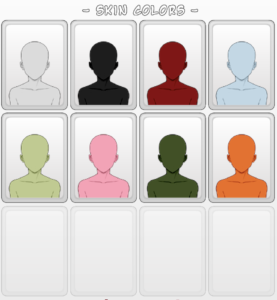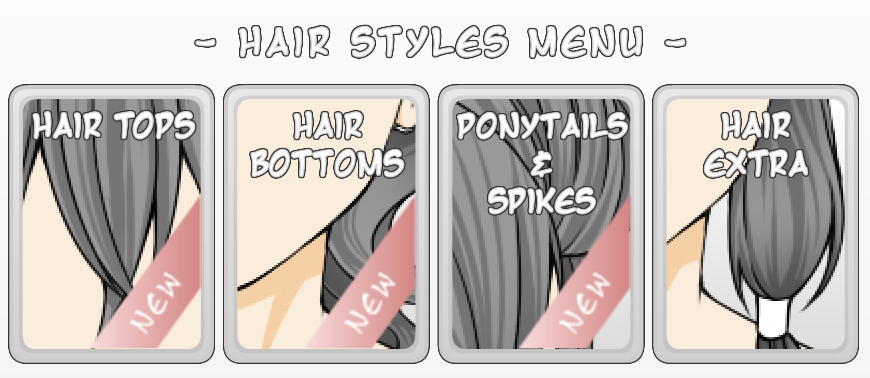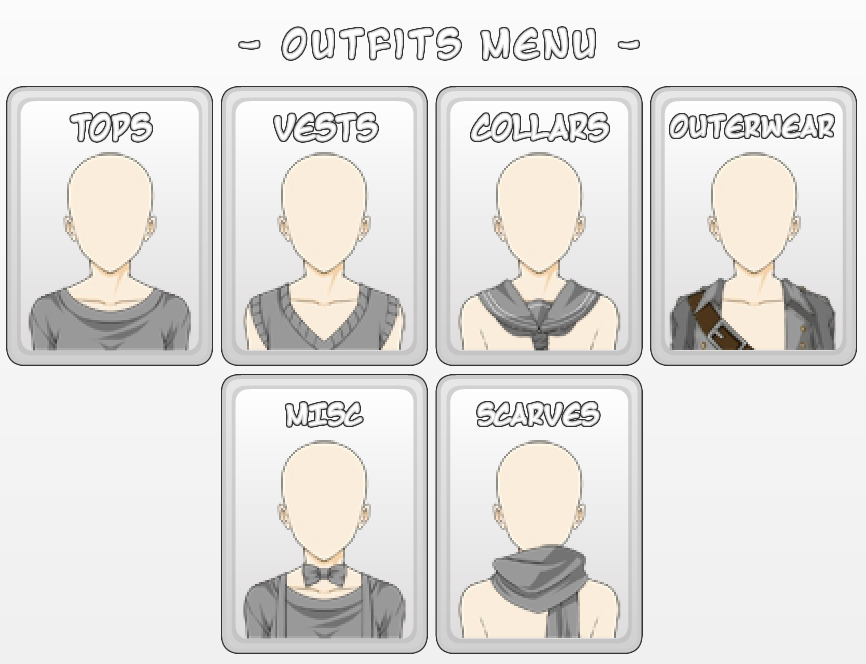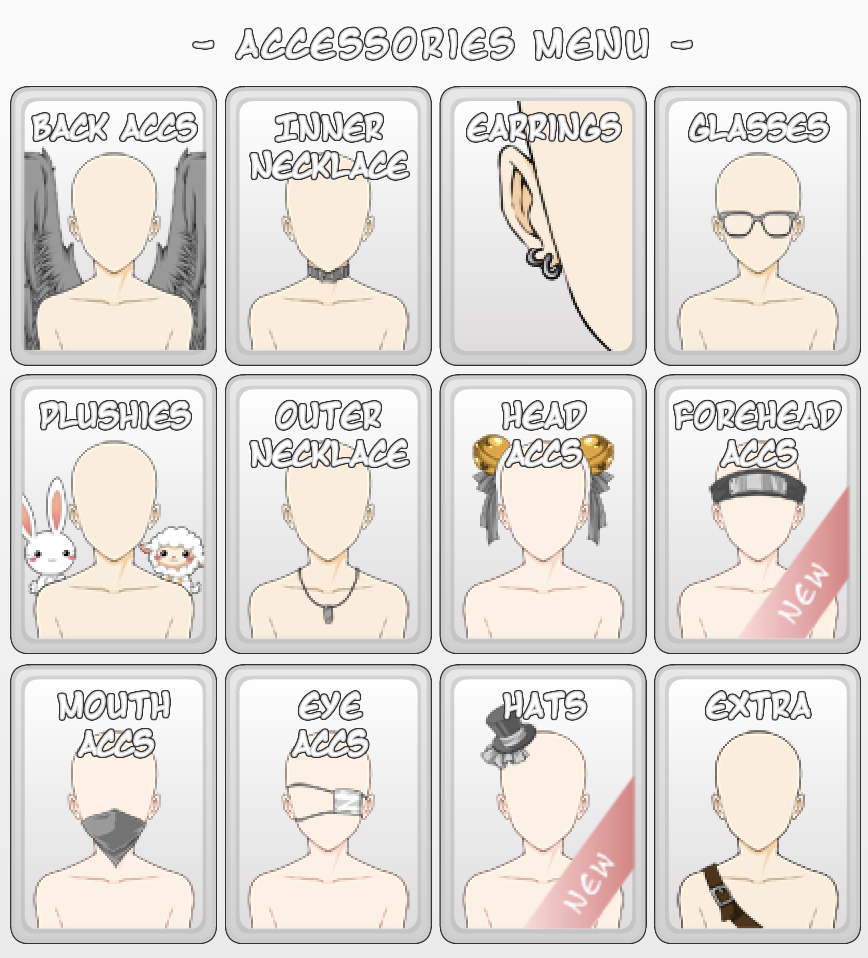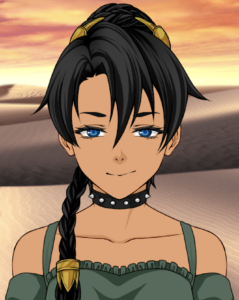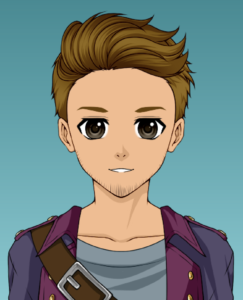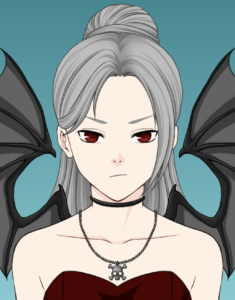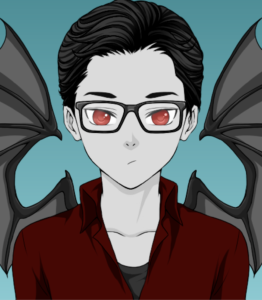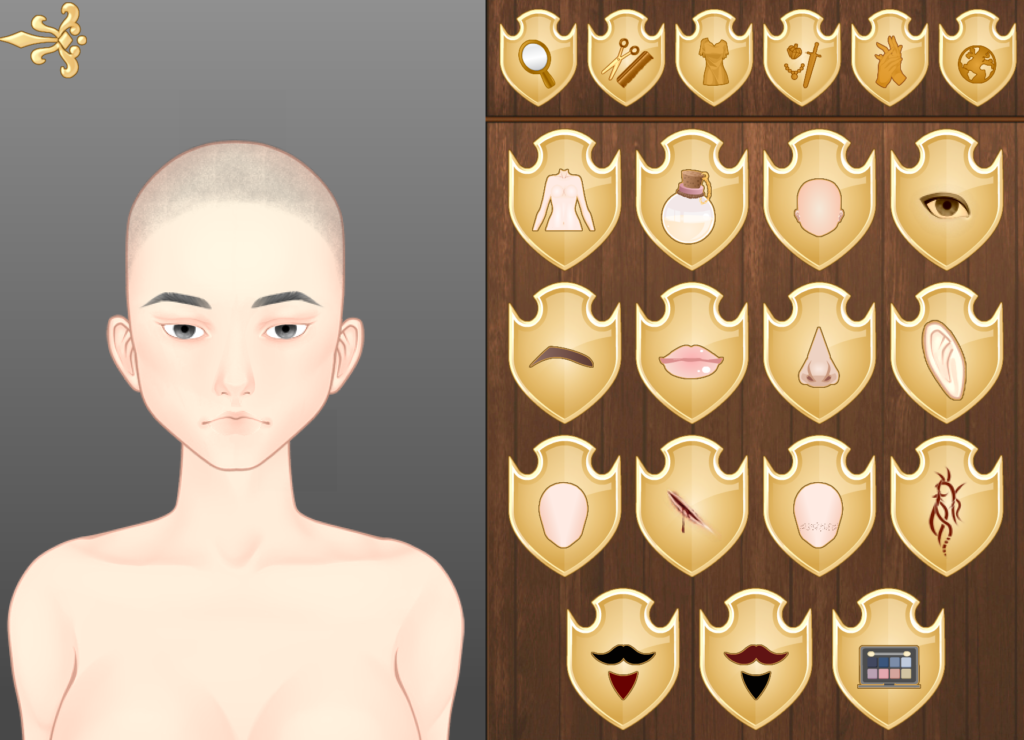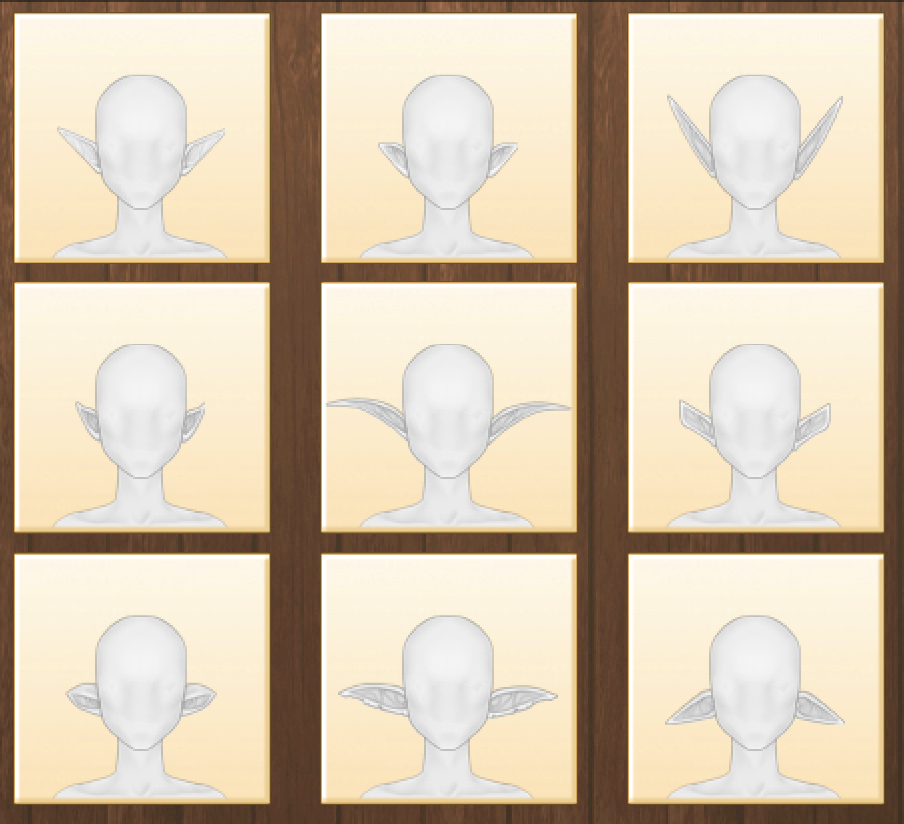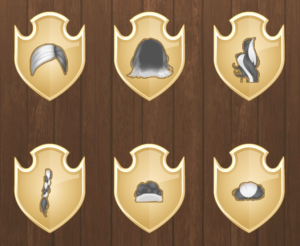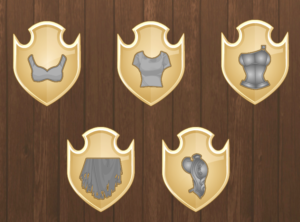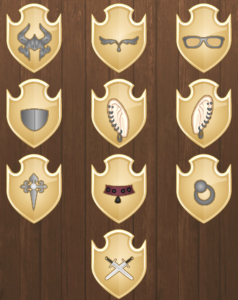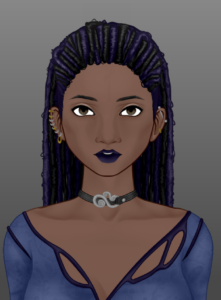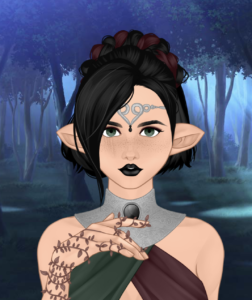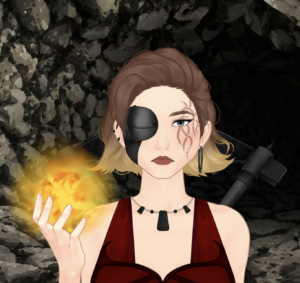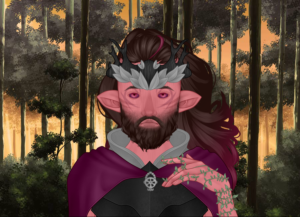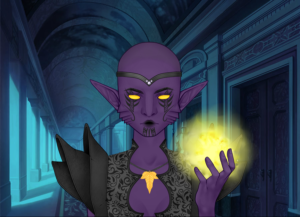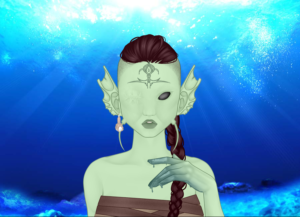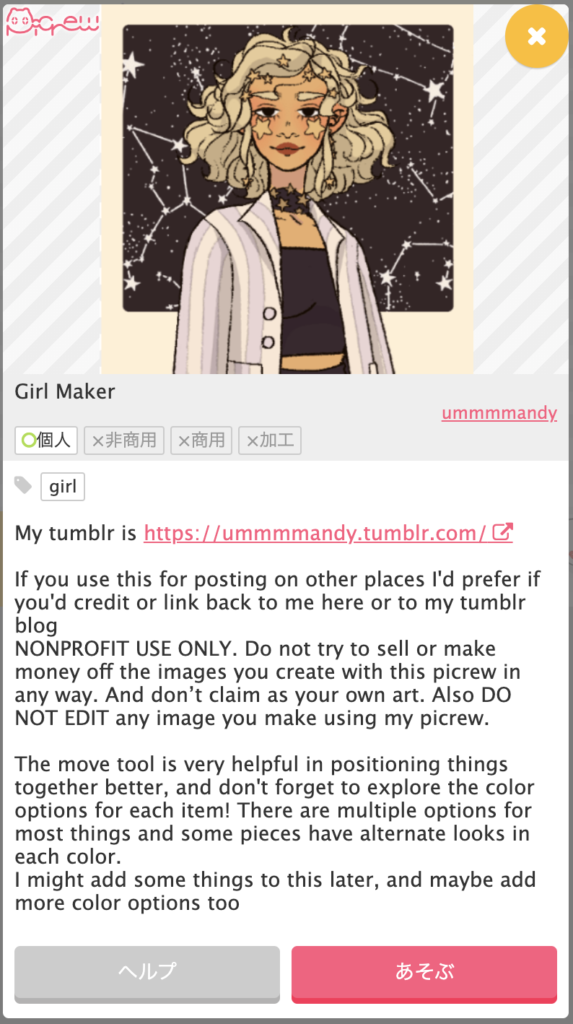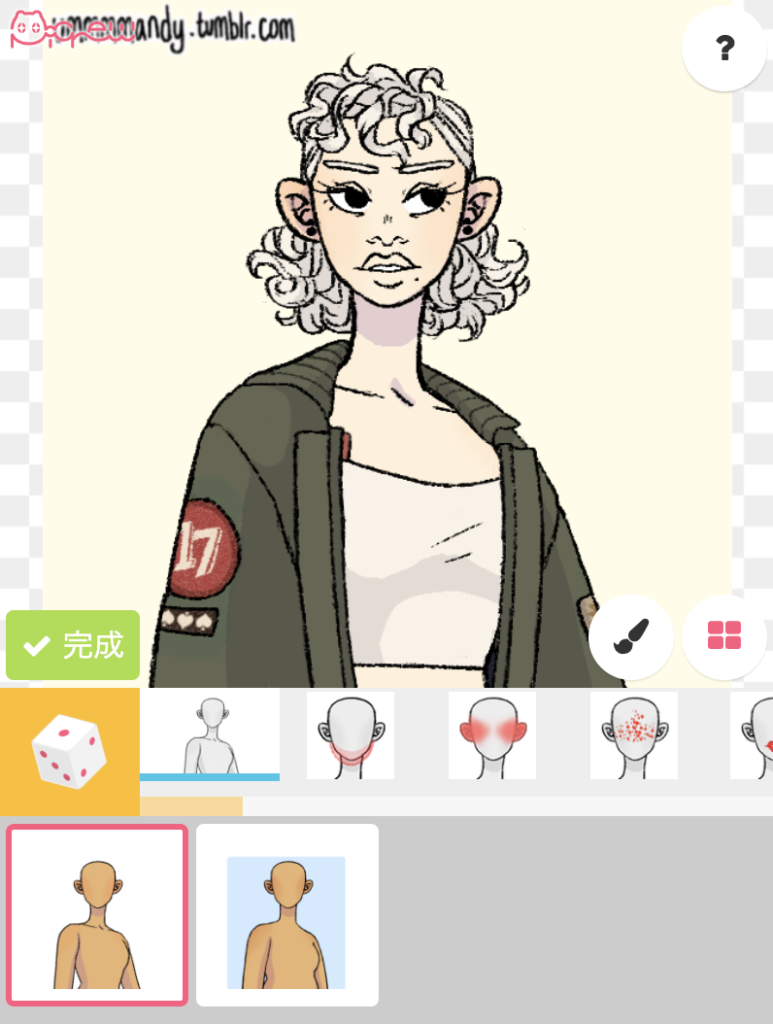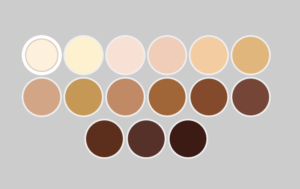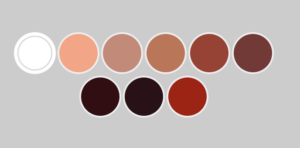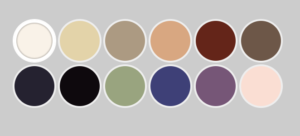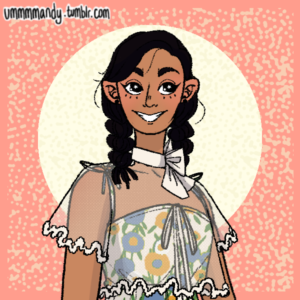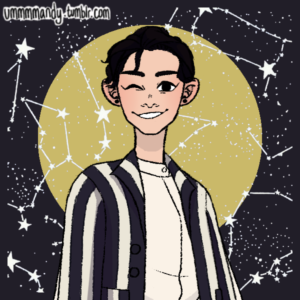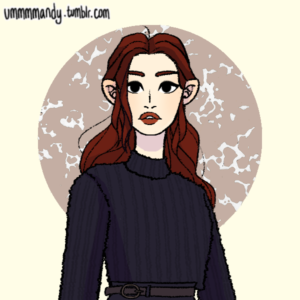For me personally, and a lot of other writers I know, characters are the number one priority in prose. They are the first step in my plotting because I prefer to think of it as my characters drive the plot, the plot doesn’t happen around my characters. If you need some help in creating characters, and if you’re a visual thinker like me, I have some websites you might want to play around on. They are my go-to when I want to start a new project, even if I don’t have a clear idea. Designing a character will usually lead to me asking questions that help shape my creativity, questions like:
Does this character have a scar? A tattoo? Why did they get it? Are they proud or ashamed of it? Is their feeling towards it based on a cultural tradition? Are they following in the line of that tradition, or against it?
What about their hairstyle? Why is it styled that way? Is it practical for their work? Do they dye it? What do they wear? What colors? What climate are they dressing for? Is their appearance symbolic of something, like their faith or socioeconomic status?
There is a lot of worldbuilding you can do simply by asking questions like these, and the more you can play around and visualize these changes, the better. Just as a head’s up, these are artistic renderings, with downsides and limitations in different areas of diversity. I will try to outline some that I’ve noticed in each to give the full picture for each link, but none are perfect. Without further ado, let me show you some of my favorite character creators.
This is the first one I found a few years ago. Its style is a bit more anime (it is called the anime avatar creator) but can be pretty versatile. They also have some more seasonal looks, as well as some fandom inspired designs (like Leia’s hair and outfits from Star Wars). I’ve also found that this one is much better for androgynous and nonbinary characters. The page will open like this:
In a more anime style, aspects like eyes, lips, and blush are much more exaggerated than a realistic design. They do have a variety of skin colors too, going into a more fantasy range towards the end if your character is nonhuman.
There are tons of hair options, so much that I couldn’t possibly screenshot all of them. There are nine pages in hair tops alone. Plenty of choices and combinations.
And there are even more ways to style with so many outfit choices, layering abilities, and accessories.
Here are some examples of characters I’ve designed using this website:
This next one is very different. It’s much better if you’re making fantasy characters, and if your characters are more serious and mature. In certain aspects it’s more realistic, but it has more options for nonhuman than human characteristics. This is not to say that you can’t make human characters, you just might find your options a bit more limited than with the anime avatar creator. I’ve taken to using it more frequently, but I also have been playing around with more fantasy worlds too.
It will open with a default person, which you will have to click on to open the menus. It will look like this.
This one has makeup options, face marks, tattoos, scars/injuries, and you can adjust some bone structure in the menu to the left of scars. Mustaches and beards are separate, unlike in the last one. Here are the skin color and ear options, which will explain my earlier point about this one being much better for nonhuman characters:
There are plenty more areas to play around with. There are a good amount of hair, clothing (+ armor), and accessory options:
Plus hand gestures that include some magic in them. Here are some more examples from my experiences:
I will say the downfall of both of these is the body type options. They both only have two, one being traditionally feminine and the other traditionally masculine, and both options are a much more toned body with no options for plus-size.
This is a huge downside for the last one I use since it is created with only women in mind (it’s called the “girl maker“). There are two body types again, with one more plus-sized than the other. I have been able to make men using the thinner body type since the chest on that one can be more androgynous, but it is something to keep in mind. I mostly make female-identifying characters so this one mostly works for me. That and the art style is adorable. You might need a browser like chrome to translate the text from Japanese, but it isn’t a difficult layout to figure out with some experimenting.
Credit to the artist, first and foremost (obviously credit to the artists for the other two, but this one is more specifically mentioned).
This is what it will look like. Each tab has the area that it will change highlighted (jaw, cheeks, freckles, etc.) and you can click on the paintbrush to see the different color options, like this for skin, lip, and hair color:
The green check button is to finish your design and the dice is to randomize the avatar, so if you’re completely stuck, you can get a random character and create a backstory for them.
One last time, some examples:
This was a long one, but character design is my favorite part of the writing process. As always I hope these resources help you and I can’t wait to read what you come up with! More to come, so keep checking the website for more writing tools.
